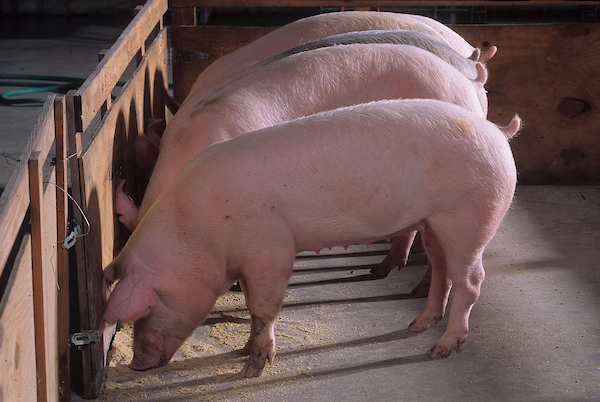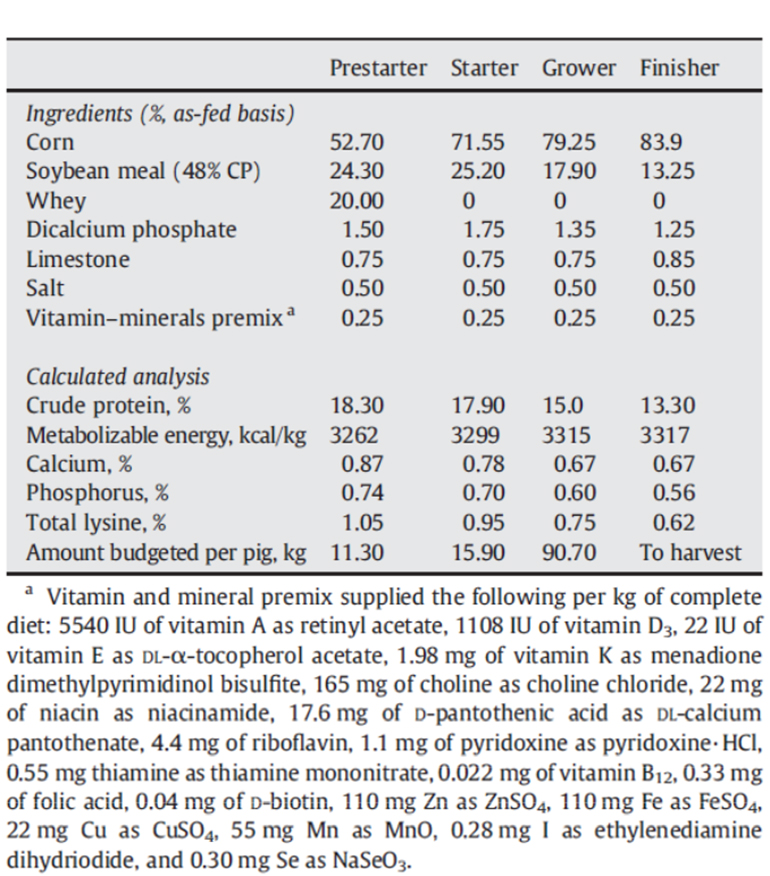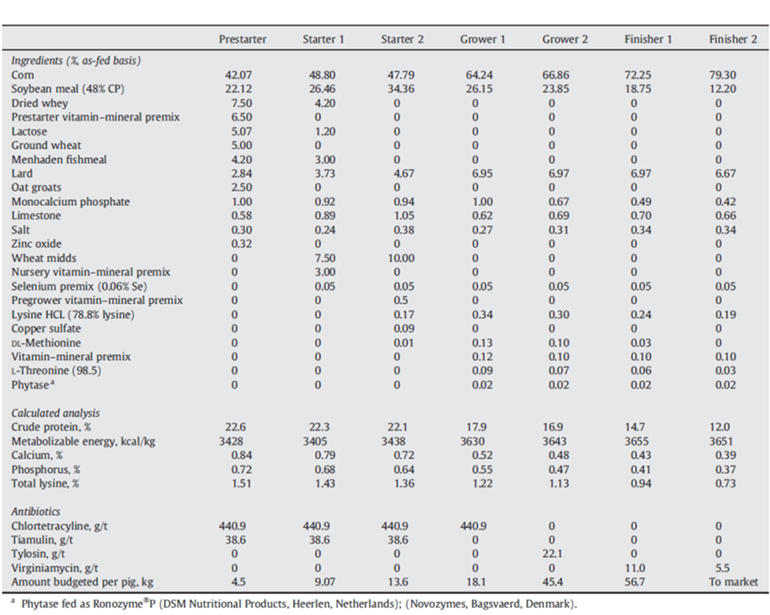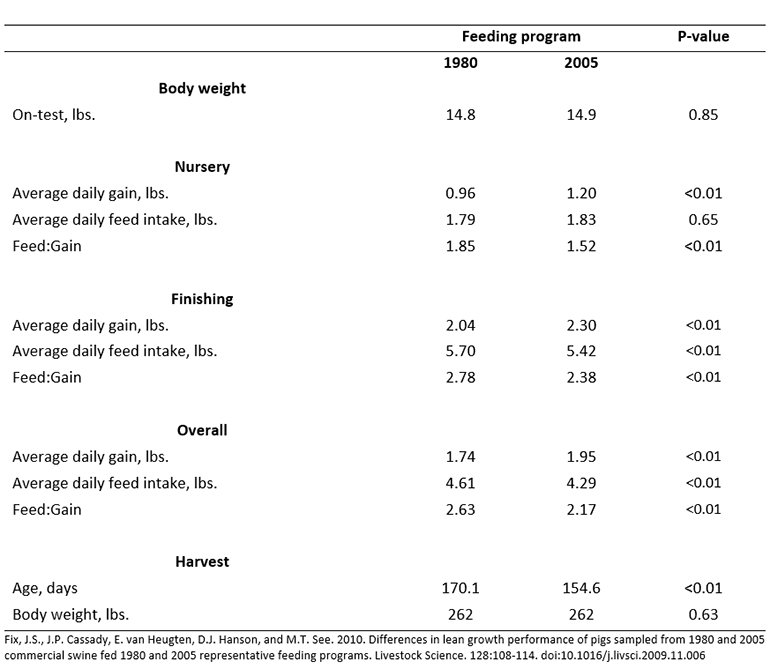Nutrition
go.ncsu.edu/readext?553246
en Español / em Português
El inglés es el idioma de control de esta página. En la medida en que haya algún conflicto entre la traducción al inglés y la traducción, el inglés prevalece.
Al hacer clic en el enlace de traducción se activa un servicio de traducción gratuito para convertir la página al español. Al igual que con cualquier traducción por Internet, la conversión no es sensible al contexto y puede que no traduzca el texto en su significado original. NC State Extension no garantiza la exactitud del texto traducido. Por favor, tenga en cuenta que algunas aplicaciones y/o servicios pueden no funcionar como se espera cuando se traducen.
Português
Inglês é o idioma de controle desta página. Na medida que haja algum conflito entre o texto original em Inglês e a tradução, o Inglês prevalece.
Ao clicar no link de tradução, um serviço gratuito de tradução será ativado para converter a página para o Português. Como em qualquer tradução pela internet, a conversão não é sensivel ao contexto e pode não ocorrer a tradução para o significado orginal. O serviço de Extensão da Carolina do Norte (NC State Extension) não garante a exatidão do texto traduzido. Por favor, observe que algumas funções ou serviços podem não funcionar como esperado após a tradução.
English
English is the controlling language of this page. To the extent there is any conflict between the English text and the translation, English controls.
Clicking on the translation link activates a free translation service to convert the page to Spanish. As with any Internet translation, the conversion is not context-sensitive and may not translate the text to its original meaning. NC State Extension does not guarantee the accuracy of the translated text. Please note that some applications and/or services may not function as expected when translated.
Collapse ▲Slow Pig Growth by Turning Back the Clock on Your Feeding Program
By Mark Knauer and Eric van Heugten, North Carolina State University | June 4, 2020

As one might expect, the 2005 genetic line performed better when fed the 2005 industry diet versus the 1980 diet.
Given the harvest facility issues pig farmers have faced this spring, many are seeking solutions to slow pig growth. While typical U.S. grow-finish feed delivery systems make it challenging to restrict feed intake, several dietary composition strategies are available to impede pig growth. One such strategy is to turn back the clock on your feeding program.
The swine industry has made great progress in production efficiencies over the past several decades. Fix et al. (2010) validated substantial progress in both genetics and feeding programs between 1980 and 2005. The authors evaluated two genetic populations (one derived from 1980s pigs and one from 2005 pigs) and two feeding programs (one program typical of 1980 [Table 1] and one common in 2005 [Table 2]).

Table 1: Ingredients and nutrient composition of the 1980 feeding program

Table 2: Ingredients and nutrient composition of the 2005 feeding program
Differences between the 1980 and 2005 feeding programs included dietary nutrient content, mash versus pelleted feed, the number of diet phases, no added fat versus added fat and no supplementation of synthetic amino acids versus synthetic amino acids.
As one might expect, the 2005 genetic line performed better when fed the 2005 industry diet versus the 1980 diet. During the finishing phase, 2005 genetic pigs grew faster when fed 2005 diets versus 1980 diets (2.30 versus 2.04 pounds per day) and had better feed efficiency (2.38 versus 2.78). Throughout the entire growth period of the 2005 genetic pigs, feeding these pigs the 1980 diet slowed growth to market by 15.5 days when compared to pigs provided the 2005 diet (Table 3).

Table 3: Effect of feeding program on growth performance of 2005 genetics
Given the performance level of the 2005 genetics observed in this study, we suggest that these data are relevant and applicable today. Thus, feeding pigs with a simplified diet program containing nutrient concentrations below their requirements (but formulated using current least cost formulation practices) can slow the growth of pigs as demonstrated in this study.
Questions can be directed to Mark Knauer or Eric van Heugten.


